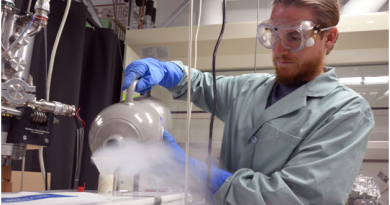The Future of Dentistry
Digital dentistry is the face of the future and can be defined as dental technology that incorporates digital components as opposed to just relying on electrical or mechanical equipment alone. Here we take a look at the areas where digital dentistry can be applied:
- The diagnosis of caries
- Digital radiography – both intraoral and extraoral
- Laser technology
- Computer-aided implants
- CAD/CAM imaging
- Photography
- Analysis and diagnosis of Temporomandibular joint disorder
- Matching shades for veneers or crowns
- Digital patient management systems
Digital technology may take time to be adopted in all areas of dentistry. For example, it took 25 years for the widespread adoption of implants to take place. Some new innovations can be deemed disruptive and in many other industries, the average time for new technology to be widely accepted and make it into mainstream use is 25 years. For General dentistry Leicester, visit http://www.sjrdental.co.uk/
There are many advantages on offer with digital dentistry but another factor can be the cost involved in adopting new and innovative methods. It seems that cutting-edge technology becomes a part of mainstream operations when the costs involved are reduced over time. The advantages of using digital dentistry become obvious when these things can be proven:
- Accuracy is vastly improved as compared to previously used methods
- The positive outcome is highly predictable
- Efficiency is vastly improved in terms of cost and time
The major factor in preventing the widespread adoption of digital dentistry is the high costs involved. Introducing new technology requires an increased capital investment, especially for those who are among the first to adopt the new measures. Only when the return on investment is considered to be high, will the technology be wholly embraced.
Another problem facing the adoption of the latest cutting-edge equipment is the need for training of both the clinicians and the staff. Not following instructions and not receiving adequate team training can lead to the belief that the equipment doesn’t work effectively and result in abandonment and wasted funds.
When it comes to other aspects of dentistry, here are some trends that have been predicted to be happening in 2020:
- Dental chains will be on the increase as opposed to single-owner practice which will see a decline.
- A growing number of women are entering the profession and a higher proportion of them will work part-time.
- The majority of young dentists replacing those who are due to retire, will be female.
- Chair time will become shorter and productivity higher.
- Investments in new technology will be vital for opening new dental practices.
- Dental labs will integrate with practices resulting in less independent labs and fewer dental technicians.
- Dental and medical patient information will be completely digital and will be integrated.
- 3D views of the mouth will be achieved with the use of digital scanning technology.
- The use of dental implants will increase hugely and long-term maintenance will become more important.
- Other key trends will include patients who are much more informed, a more diverse customer base and increased digitalization will continue to change the workflow.





